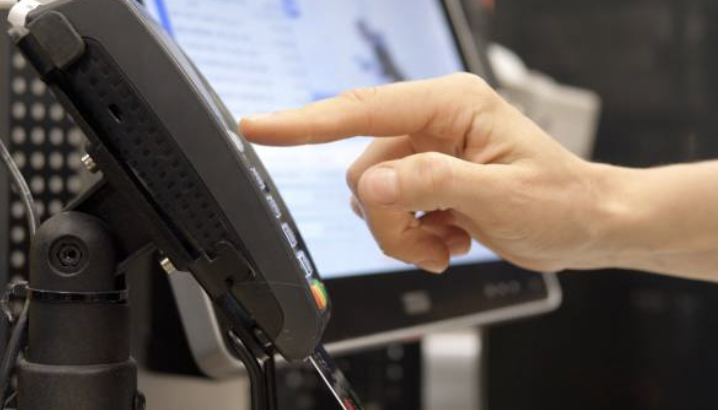
In today's digital world, smooth financial transactions are the liveblood of a business. Payment processors are key partners in making this happen. They serve as intermediaries that communicate with banks and ensure that the funds move between customers and merchants.
In this article, we look at how payment processors work, their advantages, the challenges they face, and the changing landscape of technology.
Payment Processors: What Do They Do?
In simple terms, payment processors manage the transfer of funds from the customer's account to the merchant's, whether through credit cards, debit cards, digital wallets, or other payment methods. By taking care of the technical side of payment processing, they allow businesses to focus on their core operations.
When a customer makes a purchase, the payment processor verifies the transaction with the customer's bank. This includes checking the availability of funds and confirming the details. Once approved, the processor transfers the funds to the merchant quickly, helping maintain customer satisfaction and business efficiency. The flow looks something like this:
- Customer initiates transaction and inserts their details into a payment gateway (checkout page online or card machine in a physical store)
- The payment gateway encrypts the data and passes it on to the processor
- The processor communicates with banks and verifies the transaction
- If the transaction is approved, the funds are moved to the merchant's account
Benefits of Using Payment Processors as Merchant
One of the major benefits of a processor is that they typically use advanced security tools like anti-fraud transaction monitoring.
Another advantage is that they offer various payment methods from credit cards to digital wallets, BNLP and open banking. Payment processors make it easy to offer these options using the same software. A wide range of popular payment methods will reduce shopping cart abandonment.
Additionally, payment processors provide valuable insights through detailed transaction reports and analytics. They can help businesses track sales, identify high-value clients and create targeted marketing campaigns.
Challenges in payment processing
There are also challenges payment processors may face, for example, navigating regulatory compliance. Different regions have their own rules for financial transactions, data protection, and consumer rights. Payment processors must stay on top of these regulations to avoid legal trouble.
Another challenge is the ever-evolving strategies of cybercriminals. From spoofing to phishing and APP fraud, their tactics are constantly adapting. Strong security measures are key, for example, machine learning algorithms for anti-fraud systems.
How to Choose the Right Payment Processor
Selecting the right payment processor is a critical decision for businesses. Below are some of the key factors merchants should watch out for:
- Security: Ensure the payment processor offers strong security measures to protect transactions and customer data.
- Cost: Compare transaction fees, setup costs, and monthly charges to find a processor that fits your budget.
- Customer Support: Choose a provider with reliable customer support to help resolve any issues quickly. Test the customer support in advance.
- Payment Options: Look for a processor that supports a wide range of payment methods to cater to diverse customer preferences.
- Scalability: Select a payment processor that can grow with your business and handle increasing transaction volumes.
- integration: Consider how easily the processor integrates with your existing systems, such as CRM platforms and accounting software.
- APIs and Developer Support: Opt for a processor with robust APIs and strong developer support for seamless integration and customization.
- Reviews and Recommendations: Read reviews and seek recommendations to learn from other businesses' experiences.
Future Trends in Payment Processing
The technology of payments is constantly evolving. One trend is the increasing focus on instant transactions and smooth UX, with innovations such as biometric authentication and one-click payments.
Digital wallets too are at the core of this trend. They are now the most popular payment method globally. Consumers love the convenience of storing multiple cards and making payments without entering details each time.
Buy Now, Pay Later (BNPL) BNPL is a hit with Millennials and Gen Z for its flexibility. This option lets customers buy now and pay in installments, often interest-free. I
Open banking enables instant transactions with better UX for customers and lower costs for merchants. Mandated by Europe's PSD2 regulation, open banking created the pay-by-bank option, which allows customers to pay directly from their bank account, bypassing card networks.
Final Thoughts
Payment processors for business ensure secure and efficient transactions. They provide key benefits like improved security, convenience, and useful data insights.
Businesses need to stay updated on the latest trends and pick processors that match their goals. With the right payment processor, businesses can boost customer satisfaction, streamline operations, and drive growth in today's digital economy.
Interesting Related Article: “Choosing the Best Payment Processing for Small Businesses: 3 Things to Consider.”







